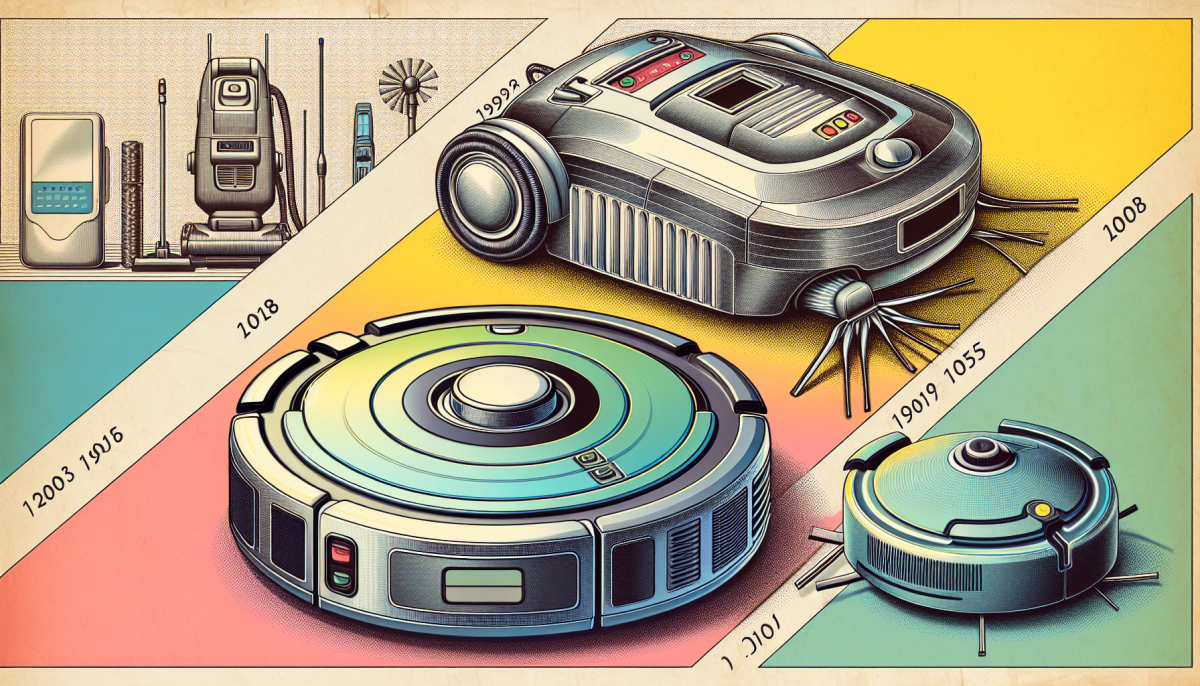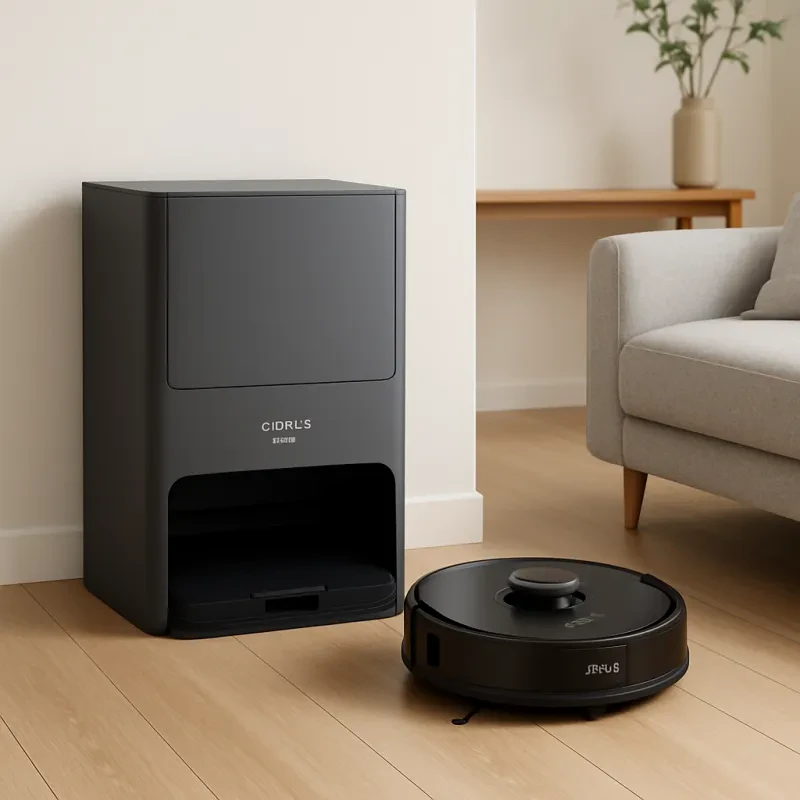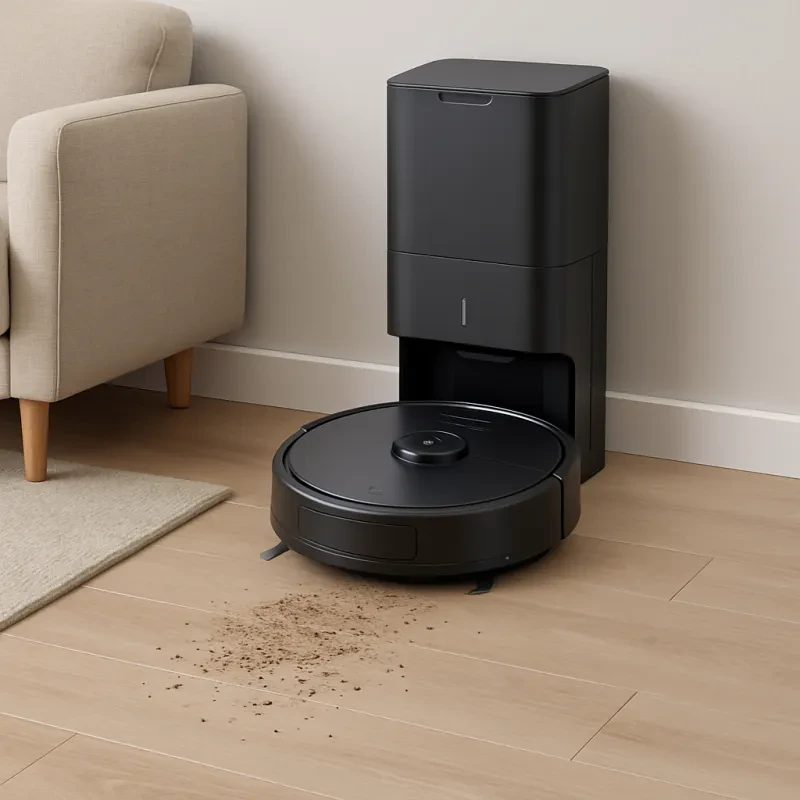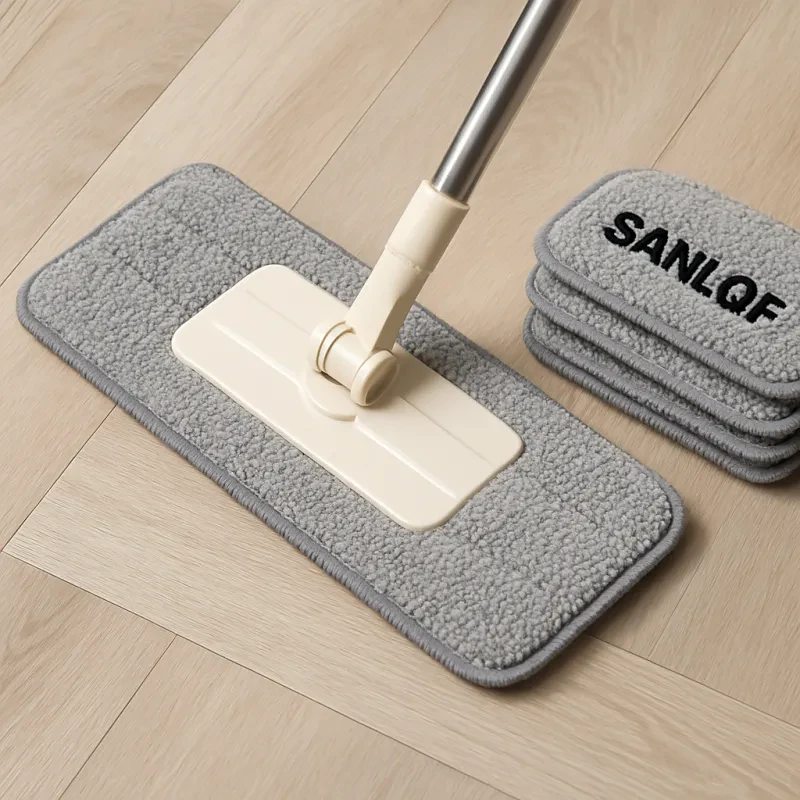In the early days of robot vacuums, the designs were simple and functional. One of the first robot vacuums to hit the market was the Electrolux Trilobite, which was introduced in 2001. This round-shaped robot used ultrasonic sensors to navigate around a room and clean up dirt and debris.
Another early design was the Roomba, launched by iRobot in 2002. This iconic robot vacuum featured a round shape and a patented three-stage cleaning system. The Roomba quickly gained popularity for its user-friendly design and ability to clean both carpets and hard floors.
As technology advanced, robot vacuums started to incorporate more features and capabilities. In 2015, the Dyson 360 Eye was introduced, boasting 360-degree camera navigation and powerful suction. This new design allowed the robot vacuum to better navigate around obstacles and provide a more thorough cleaning.
Modern Advancements
Another major advancement in robot vacuum technology is the integration of smart home connectivity. Many modern robot vacuums can be controlled and scheduled using smartphone apps or voice commands, allowing for effortless cleaning even when you're not at home. Some models can even integrate with other smart home devices, allowing for seamless automation of your cleaning routine.
One of the most exciting developments in robot vacuum technology is the introduction of machine learning algorithms. These advanced algorithms enable robot vacuums to learn and adapt to your cleaning habits over time, customizing their cleaning patterns to better suit your home. This personalized approach not only improves cleaning efficiency but also enhances the overall user experience.
Current Features
Robot vacuums have come a long way from their humble beginnings as simple machines that roamed around aimlessly. Today, these handy appliances are equipped with a variety of advanced features that make cleaning your home a breeze.
One of the most popular features of modern robot vacuums is their ability to create maps of your home and navigate through it with precision. Using advanced sensors and mapping technology, these devices can efficiently clean every inch of your floors without missing a spot.
Many robot vacuums also come with Wi-Fi connectivity, allowing you to control them from anywhere using a smartphone app. This means you can start or schedule a cleaning session even when you're not at home, making it easy to keep your floors tidy at all times.
Other notable features include smart home integration, voice control compatibility, and the ability to customize cleaning schedules and preferences. With all these advancements, robot vacuums have truly revolutionized the way we keep our homes clean.
Future Possibilities
As technology continues to advance at an incredible pace, the future of robot vacuums holds endless possibilities. One exciting prospect is the integration of artificial intelligence into these devices, allowing them to learn from their environment and adapt to changing conditions. This could result in more efficient cleaning routines and a truly hands-free experience for users.
Another potential development is the addition of advanced sensors and cameras to robot vacuums, enabling them to navigate complex floor plans with ease. This would eliminate the need for boundary markers and allow the devices to clean multiple rooms in a single cycle. Additionally, improved mapping capabilities could lead to more personalized cleaning schedules tailored to each individual home.
Furthermore, the future of robot vacuums may see them being utilized for tasks beyond just cleaning floors. With the addition of attachments and specialized tools, these devices could potentially be used for mopping, dusting, and even gardening. The possibilities are truly endless when it comes to the evolution of these smart home devices.



